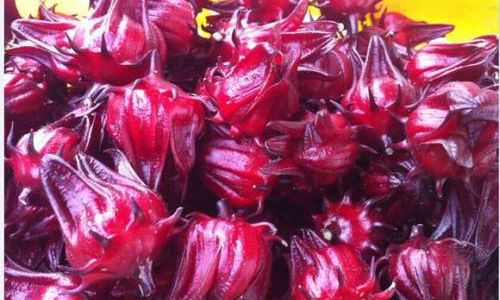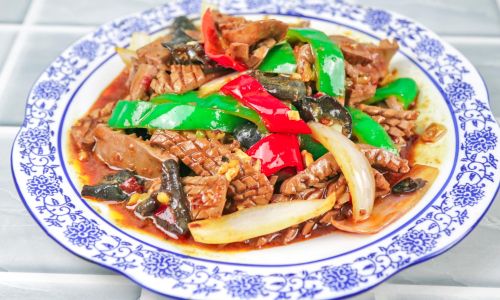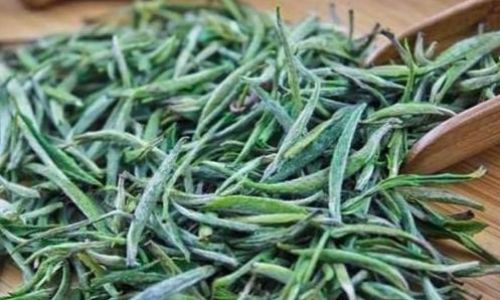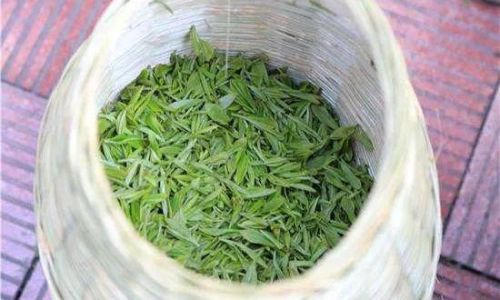Introduction:
The Rose of Sharon, scientifically known as Hibiscus sabdariffa, is a vibrant and nutritious plant cherished for its deep red calyces that are often used in teas, jams, syrups, and various culinary delights. Commonly referred to as ‘Red Sorrel’ or simply ‘Hibiscus,’ this flower boasts a rich history of medicinal and culinary use across diverse cultures. One of the most fundamental steps in preserving the freshness and nutritional value of Red Sorrel is drying it properly. This article delves into the meticulous process of drying fresh Red Sorrel calyces to ensure they retain their color, aroma, and health benefits.
Understanding the Plant:

Before diving into the drying process, it’s crucial to understand the Hibiscus sabdariffa plant. Native to tropical and subtropical regions, this annual herbaceous plant grows to about 3 meters in height, with large, showy flowers that are not just visually appealing but also packed with nutrients. The edible part of the plant is the calyx, the green sepals surrounding the flower petals, which turn a deep, vibrant red when mature. These calyces are rich in antioxidants, vitamins C and A, minerals, and polyphenols, making them a valuable addition to one’s diet.
Choosing the Right Calyces:
The first step in drying fresh Red Sorrel is selecting the right calyces. Ideally, you should pick calyces that are fully mature, showing a deep, uniform red color with no signs of mold, pests, or discoloration. The best time to harvest is early in the morning, when the dew has just dried off, ensuring the calyces are at their freshest. Avoid picking calyces that are still green or have started to wither, as they may not dry well or retain their quality.
Preparation for Drying:
Once harvested, the calyces need to be cleaned thoroughly to remove any dirt, debris, or insects. This can be done by gently rinsing them under cold running water. It’s important not to soak the calyces, as this could lead to loss of flavor and nutrients. After cleaning, pat the calyces dry using a clean cloth or paper towels. Removing excess moisture is crucial as it can affect the drying process and final product quality.
Methods of Drying:
There are several methods to dry fresh Red Sorrel calyces, each with its own set of pros and cons. The most common methods include air-drying, sun-drying, and using a food dehydrator.
Air-Drying:
Air-drying is a traditional method that relies on natural air circulation to remove moisture from the calyces. To air-dry, spread the cleaned and dried calyces in a single layer on a clean, breathable surface such as a wire rack, baking sheet, or mesh tray. Ensure there is good air circulation around the calyces to prevent molding. Place the tray in a well-ventilated area away from direct sunlight and moisture. Depending on the humidity and temperature, air-drying can take several days to a week. It’s important to check the calyces regularly, turning them occasionally to ensure even drying.
Sun-Drying:

Sun-drying is another effective method, especially in sunny, dry climates. Similar to air-drying, spread the calyces in a single layer on a tray or mesh. However, this time, place the tray in direct sunlight. Sun-drying can significantly reduce the drying time, often completing within a couple of days. It’s crucial to monitor the calyces closely, as direct sunlight can cause them to fade in color. If possible, cover the tray with a cheesecloth or fine mesh to protect the calyces from dust and insects while still allowing sunlight to pass through.
Food Dehydrator:
Using a food dehydrator is the most controlled and efficient method of drying Red Sorrel calyces. Set the dehydrator to a temperature between 95°F to 115°F (35°C to 46°C). Spread the calyces in a single layer on the dehydrator trays, making sure they are not overcrowded to allow for even air circulation. Dehydrating time can vary depending on the model and the initial moisture content of the calyces, but it typically ranges from 8 to 12 hours. Check the calyces periodically to ensure they are not over-dried, which can make them brittle and lose flavor.
Testing for Dryness:
Regardless of the drying method chosen, it’s essential to test the calyces for dryness before storing them. Properly dried calyces should feel brittle and crumble easily when pressed between your fingers. They should have a deep, concentrated aroma and should not feel damp or sticky. If in doubt, you can always place a few calyces in an airtight container for a day. If they regain any moisture, they need more drying time.
Storing Dried Red Sorrel:
Once fully dried, store the Red Sorrel calyces in an airtight container, preferably one made of glass or stainless steel to avoid any potential chemical reactions with plastic. Label the container with the date and contents, and store it in a cool, dark place away from direct sunlight and heat. Properly stored, dried Red Sorrel can last for several months to a year, retaining its color, flavor, and nutritional benefits.
Conclusion:
Drying fresh Red Sorrel calyces is a rewarding process that allows you to preserve the plant’s vibrant color, rich flavor, and numerous health benefits. By carefully selecting the right calyces, preparing them properly, and choosing an effective drying method, you can ensure that your dried Red Sorrel is of the highest quality. Whether you opt for air-drying, sun-drying, or using a food dehydrator, the key is patience and attention to detail. With dried Red Sorrel at hand, you can enjoy its unique taste and health benefits in various dishes and beverages throughout the year.




0 comments